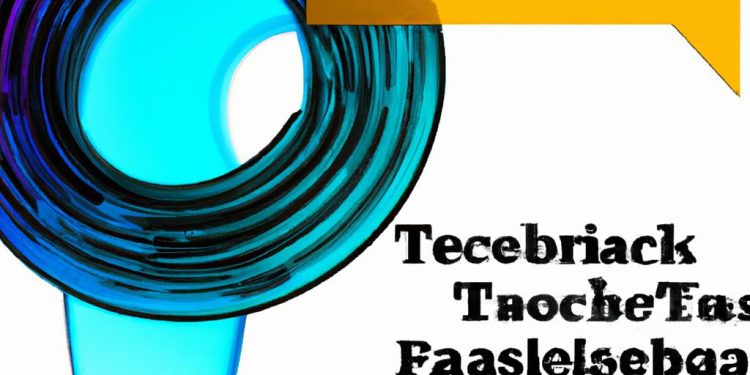Immerse yourself in the rhythmic dance of the ‘Feedback Loop,’ a dynamic ballet of learning where information gracefully pirouettes back and forth between teacher and student. This performance tells not of criticism, but of learning, growing, and reaching new academic pinnacles. It serves as the nourishment for a thriving educational eco-system, dishing out servings of constructive communication and fostering a culture of continuous improvement. Welcome to our exploration of the ’Feedback Loop’ – where the transformative potential of assessment techniques takes center stage and guides us on a journey towards a redefined educational landscape. The tale we are about to weave threads together the power of feedback, the magic of assessment techniques, and the spectacular transformation they can bring to learning. In an era where data-driven decisions underpin the crux of education, plunging into the depth of transformative assessment techniques is essential. At the heart of these techniques is the feedback loop, a repetitive process where information is incessantly relayed from the learners to the educators and vice versa in a bid to enhance educational outcomes. The rationale for understanding such loops is that decisions in education should not be a solitary affair by the educator – rather, it should be a symbiotic relationship, a dance of sort, where both the learner’s understanding and teacher’s methods are ever-evolving, influenced by each other.
The beauty of a well-executed feedback loop lies in its ripple effect. A single change in the teaching technique or one constructive feedback can generate waves of alterations in the learner’s mindset, their approach towards learning, and their long-term grasping capabilities. This can be illustrated through the application of the loop in real-life scenarios. For instance, upon receiving feedback, a student may realize that he learns better through active recall compared to passive revision – a revelation not just beneficial for the current pedagogical experience but for the entirety of the student’s academic journey.
- Student’s initial method: Passive revision
- Feedback from educator/assessment: “Try active methods of revision.”
- Change in student’s approach: Adopting active recall
The below table illustrates the feedback loop’s transformative prompt, the resulting breakthrough, and its ripple effect on the learner’s study approach.
<table class="wp-table">
<tr>
<th>Prompt</th>
<th>Breakthrough</th>
<th>Ripple Effect</th>
</tr>
<tr>
<td>Feedback shared</td>
<td>Method Change</td>
<td>Better Learning</td>
</tr>
<tr>
<td>"Try active methods of revision."</td>
<td>Adopts active recall</td>
<td>Improved recall ability, better grades</td>
</tr>
</table>A well-oiled feedback loop is your guiding star towards improving learning outcomes. By tailoring feedback to individual learning needs and the implementation of these recommendations in pedagogy, the learning process becomes more efficient and effective. After all, education is not about ‘one-size-fits-all’, but about understanding individual necessities and catering to them. As a result, educators can witness an augmentation not just in the learners’ academic performance, but in their zeal and motivation towards education. As we bring this exploration of transformative assessment techniques to a close, let’s return, for a moment, to the image of the feedback loop – a cycle which is an embodiment of constant renewal and growth, potent and transformative. We end not with a final thought, but rather, with an invitation to continue pondering on how this tool can revolutionize our efforts – shaping, sharpening, and ultimately redefining learning in the classroom and beyond.
Remember, thriving in the 21st century demands more than just delivering information; it involves cultivating creative thinkers, lifelong learners, and global citizens. The feedback loop, with its transformative assessment techniques, invites more than just the transmission of knowledge – it encourages engagement, nurtures understanding, and promotes intellectual growth. It shifts the perspective from traditional, one-way teaching, towards a shared journey of inquiry and discovery.
In the end, developing transformative assessment methods is no small task and requires thoughtful consideration of our current techniques. Yet, the fruits of this labor have the potential to be nothing less than astounding, yielding learners who are resilient, agile and equipped to navigate the ever-evolving landscapes of the future. So let’s keep the conversation going, learning from each other, improving our practice, and embracing the transformative potential that comes with the feedback loop in education. After all, the pursuit of educational excellence is but a continuous loop, reshaped by every teacher’s touch, every student’s insights, and every classroom’s unique dynamics.
And to that, there’s really no end – just another loop in the dynamic, ever-evolving educational feedback cycle.





